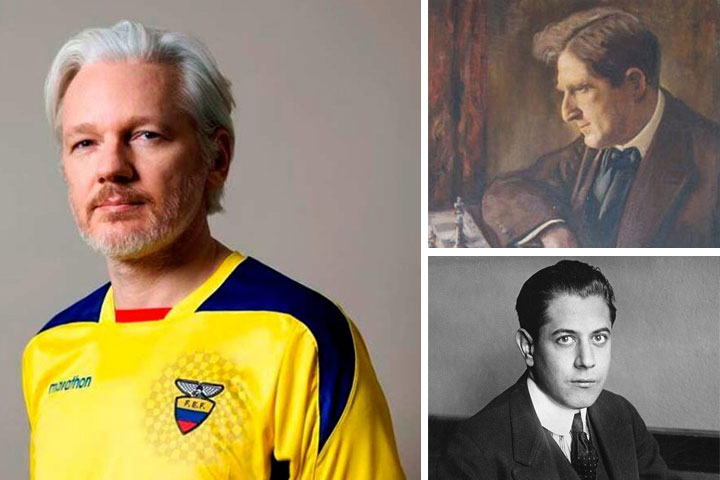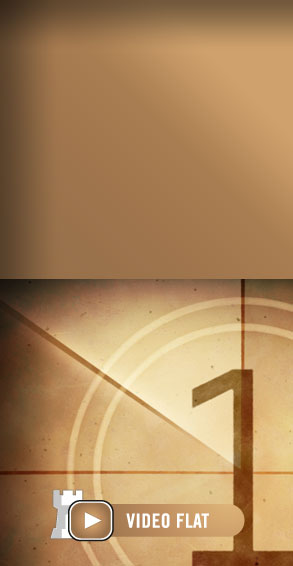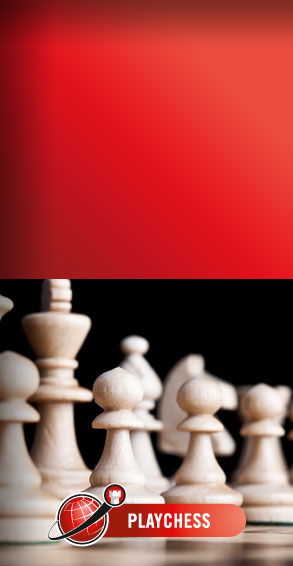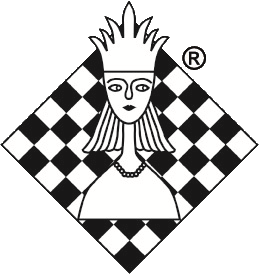Assange knows his classics?
Early Saturday morning, Wikileaks founder Julian Assange, who has been holed up at the Ecuadorian embassy in London for over five years, was apparently looking at some chess. He tweeted out a diagrammed position from nearly a century ago with no explanation:
The tweet immediately fueled speculation about its meaning, including from those chess-illiterate:
White has an advantage but of course the game is far from over. This isn't even a particularly critical position. Black's attack has stalled but White's king is exposed and he has a lot of work to do to extracate his queenside pieces and consolidate the extra material.
The source of the position was quickly discovered:
The full thread is quite long and full of a good deal of nonsense, but no one seems to have much of a clue about what the position really means (although there are a few interesting, if half-baked theories, mostly dealing with right-wing tropes about "Crooked Hillary").
What we do know
The game was played October 23rd, 1918 in New York, between Jose Capablanca (two and a half years before he was World Champion) and Frank Marshall who was in the midst of his long reign as U.S. Champion (1909 to 1936).
You can find the full game in any version of MegaBase:
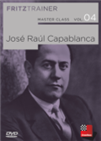 He was a child prodigy and he is surrounded by legends. In his best times he was considered to be unbeatable and by many he was reckoned to be the greatest chess talent of all time: Jose Raul Capablanca, born 1888 in Havana.
He was a child prodigy and he is surrounded by legends. In his best times he was considered to be unbeatable and by many he was reckoned to be the greatest chess talent of all time: Jose Raul Capablanca, born 1888 in Havana. You can also find it in the Live Database.
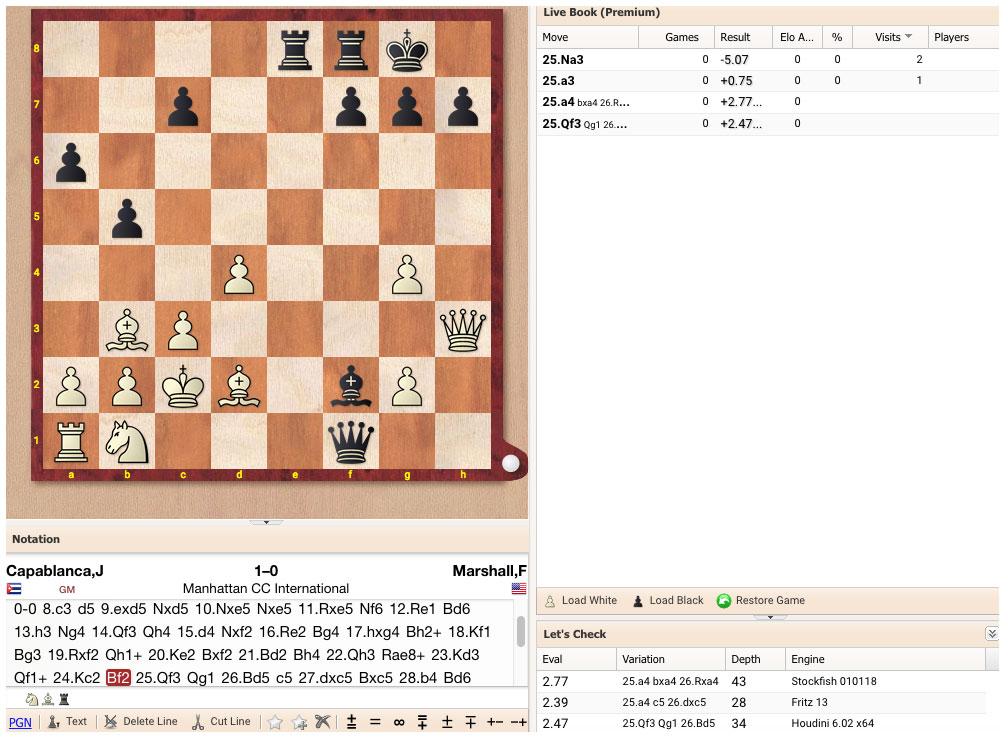
Edward Winter covered the backstory to the Marshall Gambit and the New York tournament where it was played:
The then US champion, Frank James Marshall, played 8...d5 against Capablanca in the first round of the New York, 1918 tournament, and some writers still perpetuate the myth that Marshall held the gambit in reserve for many years to spring it on the Cuban.
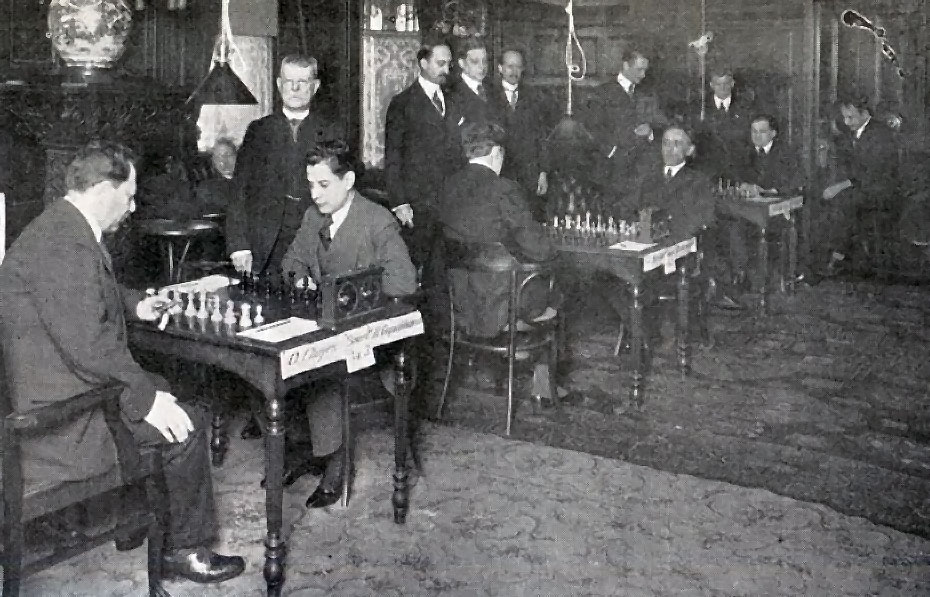
New York, 1918 | Photo: Chesshistory.com, republished with kind permission
Winter goes on to detail how Marshall not only passed up the chance to play the gambit line that now bears his name on several occasions against Capablanca in the preceding years, but also that there was an historical precedent as far back as 1893, and Marshall himself may have played the line a year earlier in 1917, although the dating of this game in a few sources is not definitive.
Perhaps Wikileaks can tell us!
But seriously, what does any of this have to do with Julian Assange? Your guess is as good as ours.
The Marshall Attack is one of the most dynamic replies Black has at his disposal against 1.e4. At the cost of a pawn, Black takes over the initiative from the get - go and goes after the white king. Wrongly considered to be mainly a drawing weapon by some, this DVD offers many new ideas for Black, showing how to keep the queens on the board and to play for a win in almost all cases.
